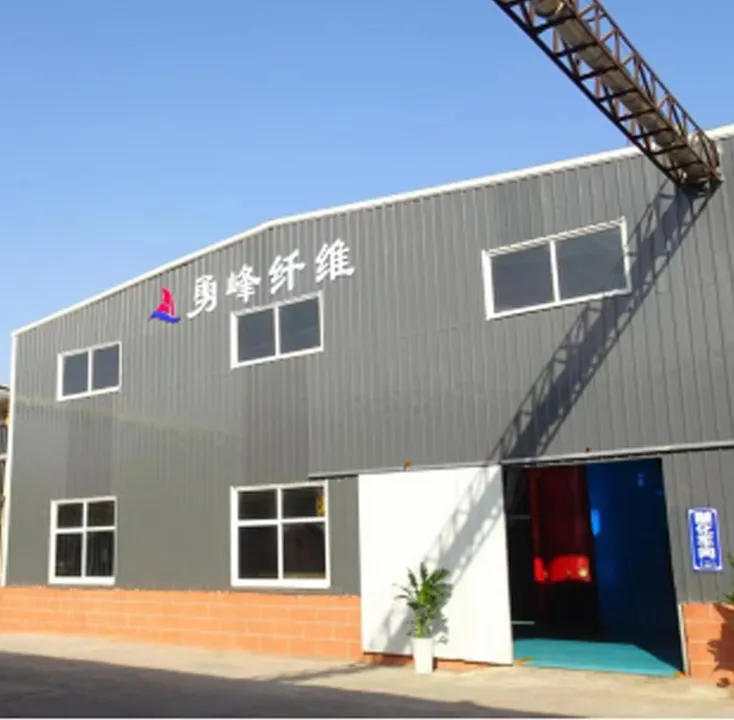HPMC Chemical A Breakthrough in Material Science
Hydroxypropyl Methylcellulose (HPMC) is a versatile chemical compound derived from cellulose, a natural polymer. This non-ionic, water-soluble polymer has garnered significant attention in various industries due to its exceptional properties, which make it a preferred choice for many applications. This article explores the composition, properties, and diverse applications of HPMC, highlighting its importance in contemporary material science.
Composition of HPMC
HPMC is synthesized by modifying cellulose through hydroxypropylation and methylation processes. The raw material, cellulose, is obtained from natural sources such as wood or cotton. The modification introduces hydroxypropyl groups and methyl groups into the cellulose structure, altering its solubility and functional characteristics. The degree of substitution (DS) of these groups defines the properties of HPMC, influencing its viscosity, gel strength, and solubility.
The chemical structure of HPMC consists of a backbone of anhydroglucose units, resembling that of cellulose. The introduction of hydroxypropyl and methyl groups enhances the hydrophilicity of the polymer, allowing it to dissolve in cold water, which is a critical property for its applications. Furthermore, the presence of these functional groups enables HPMC to form gel-like structures when mixed with water, making it a valuable additive across various sectors.
Properties of HPMC
HPMC possesses a unique combination of properties that make it advantageous in numerous applications. Some of the key features include
1. Water Solubility HPMC is readily soluble in water at room temperature, making it a popular choice in formulations requiring easy mixing and dispersion.
2. Thickening Agent HPMC acts as an effective thickener, enhancing the viscosity of solutions without altering their appearance. This property is particularly useful in industries such as food and cosmetics.
3. Film-Forming Ability HPMC can form transparent, flexible films. This characteristic is exploited in pharmaceutical coatings and construction materials, providing barrier properties and aesthetic appeal.
4. Stability HPMC is chemically stable, resistant to heat, and unaffected by environmental factors such as pH and ionic strength, which ensures the integrity of formulations over time.
hpmc chemical

5. Biocompatibility Being derived from natural sources, HPMC is non-toxic and biodegradable, making it suitable for numerous applications, especially in the pharmaceutical and food industries.
Applications of HPMC
The multifaceted properties of HPMC lead to its widespread use across various domains
1. Pharmaceuticals HPMC is widely employed as a binding agent in tablet formulations, enhancing their mechanical strength and facilitating drug release. It is also used in controlled-release formulations, where the polymer governs the rate of drug release over time.
2. Food Industry In food processing, HPMC is utilized as a thickener, emulsifier, and stabilizer. Its ability to improve texture and consistency makes it a valuable ingredient in sauces, dressings, and low-fat products.
3. Cosmetics HPMC finds extensive use in cosmetic formulations, where it acts as a thickening agent in creams and lotions. Its film-forming ability contributes to the texture and application of products, providing a luxurious feel.
4. Construction In the construction sector, HPMC is used as an additive in cement and mortar. It improves workability, enhances water retention, and increases adhesion, thus optimizing the performance of building materials.
5. Agriculture HPMC is increasingly used in agricultural formulations as a coating agent for seeds, which helps in controlling the release of nutrients and protecting seeds from environmental stressors.
Conclusion
Hydroxypropyl Methylcellulose (HPMC) represents a significant advance in material science, offering versatility and functionality in various applications. As industries continue to seek sustainable and efficient materials, HPMC stands out as a preferred choice, driven by its non-toxic nature and exceptional properties. Its role in pharmaceuticals, food, cosmetics, construction, and agriculture underscores its importance in contemporary applications, making it a chemical of interest for ongoing and future innovations. With continued research and development, HPMC is poised to play an even more prominent role in shaping modern materials and enhancing product performance across multiple sectors.
-
Rdp Powder: Key Considerations for Wholesalers in the Building Materials IndustryNewsJul.08,2025
-
Key Considerations for Wholesalers: Navigating the World of Hpmc - Based ProductsNewsJul.08,2025
-
Hpmc Detergent: Key Considerations for WholesalersNewsJul.08,2025
-
Key Considerations for Wholesalers: China Hpmc For Tile Adhesive, Coating Additives, Concrete Additives, and MoreNewsJul.08,2025
-
Crucial Considerations for Wholesalers: Navigating the World of Construction MaterialsNewsJul.08,2025
-
Key Considerations for Wholesalers Sourcing Additive For Cement, Additive For Concrete, Additive For Putty from Additive Manufacturer Shijiazhuang Gaocheng District Yongfeng Cellulose Co., Ltd.NewsJul.08,2025




